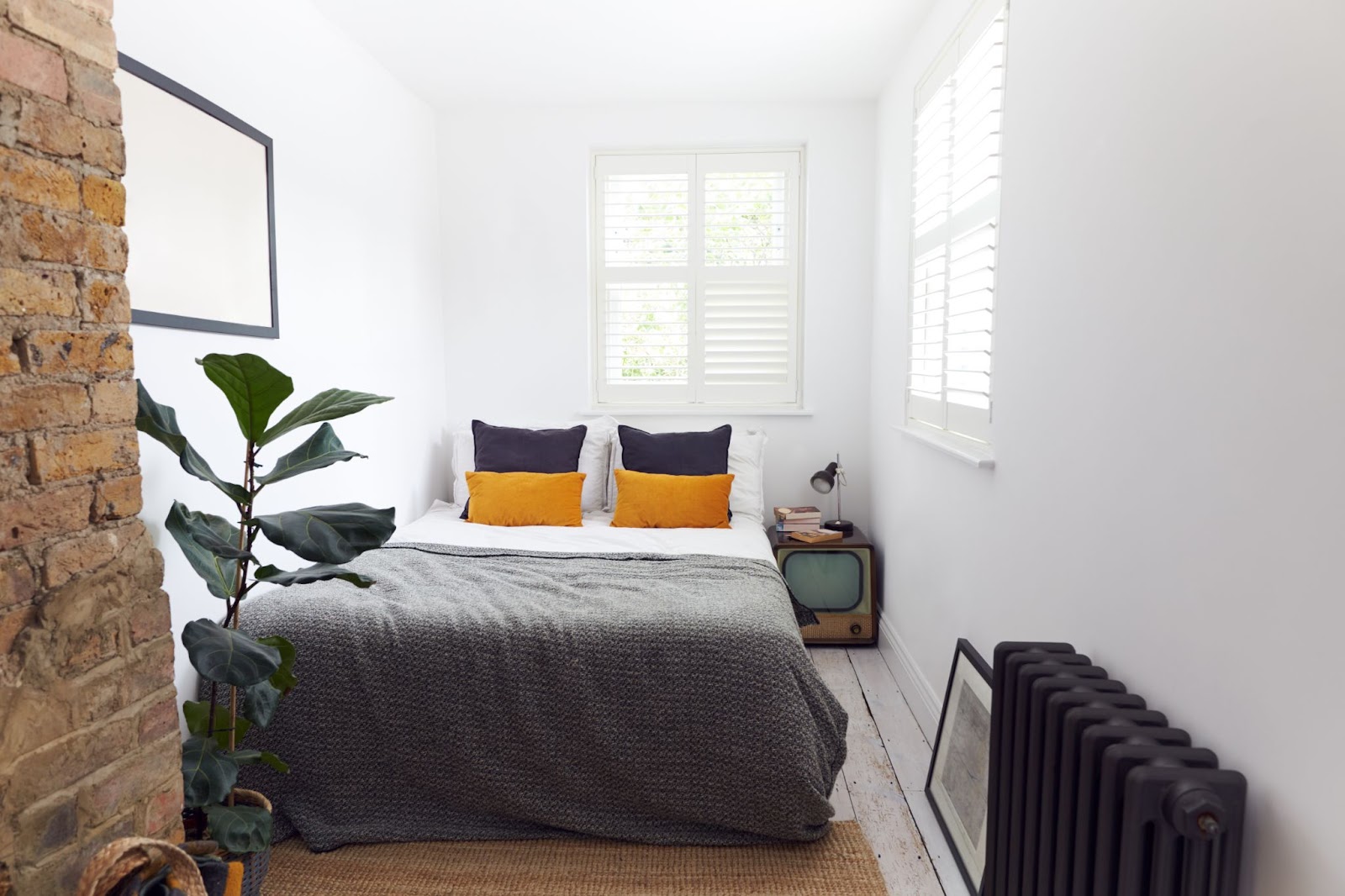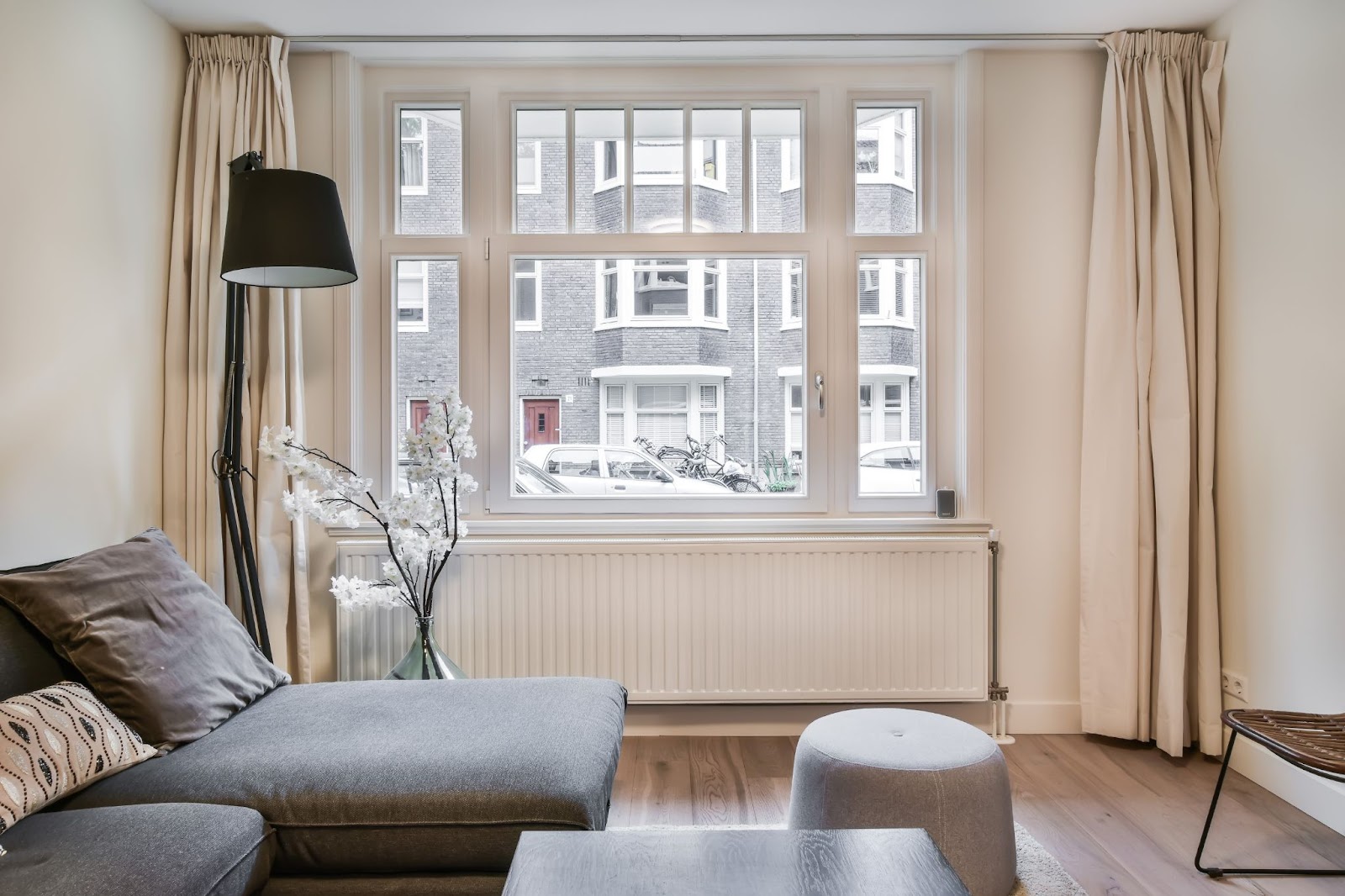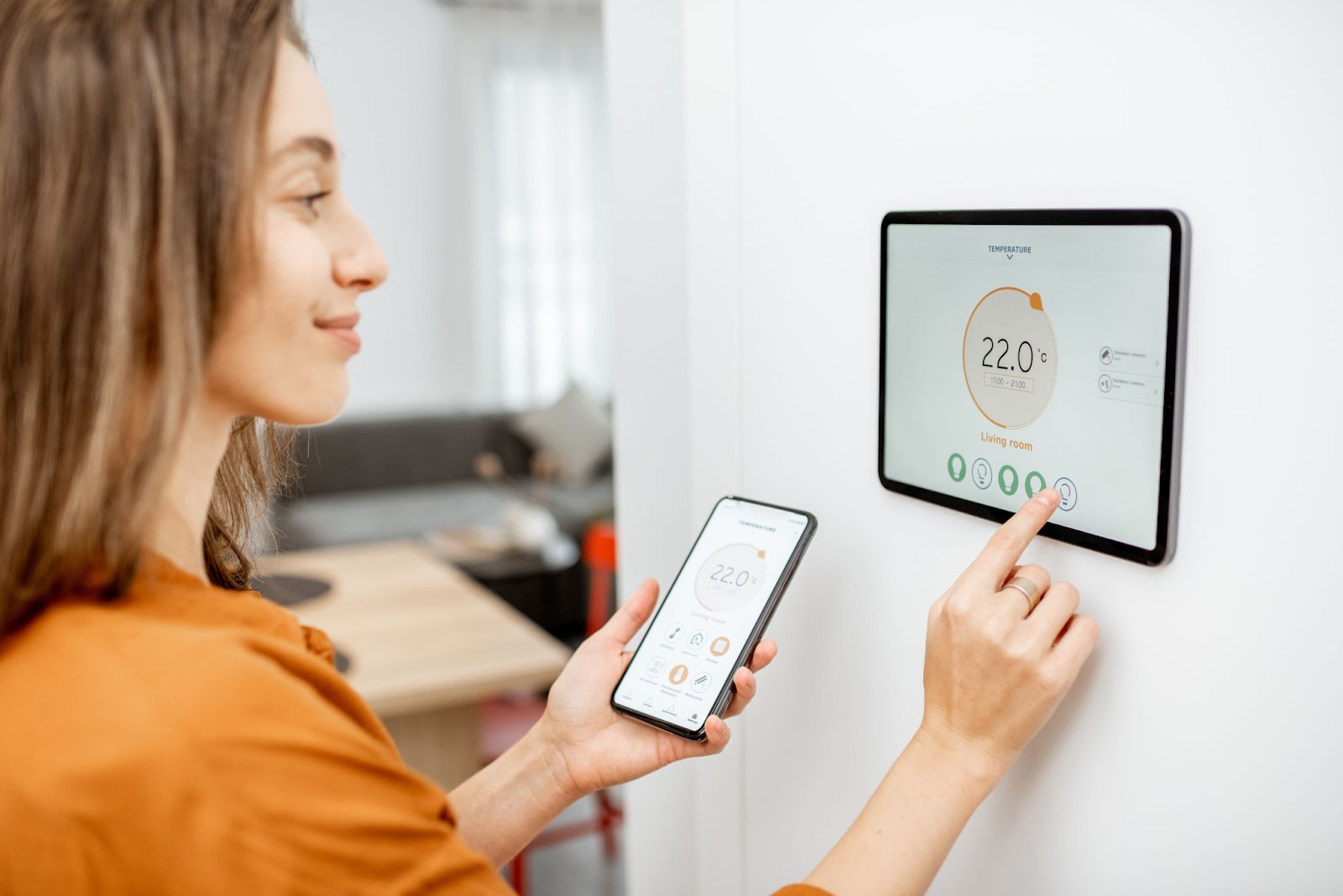Reducing your bills doesn’t necessarily mean compromising your lifestyle — it’s about making thoughtful choices in your home to improve energy efficiency, use resources wisely, and cut unnecessary costs.
Here are ten practical ways to save on bills at home, focusing on smart adjustments that can bring long-term savings.
1. Downsize Your Living Space
Bigger isn’t always better, especially when it comes to household expenses. Downsizing to a smaller home or re-evaluating how much space you truly need can lead to significant savings in utilities, maintenance, and insurance. A smaller space is easier to heat, cool, and light, meaning lower energy costs across the board.

2. Optimise Airflow and Light Orientation
Taking advantage of natural light and airflow is an effective way to reduce both heating and cooling costs. When designing or reorganising your home, aim to position main living areas facing north (in the Southern Hemisphere) to benefit from natural light throughout the day.
-
Cross-Ventilation: Create cross-ventilation by opening windows and doors on opposite sides of your home. This encourages fresh air to flow through, naturally cooling the space and reducing your need for air conditioning.
-
Block Direct Sunlight in Summer: Install blinds, awnings, or even strategic plantings like trees or shrubs around windows to prevent excessive sunlight from overheating your home. During winter, maximise sunlight by keeping blinds open, allowing warmth to naturally heat your home.

3. Upgrade to Energy-Efficient Appliances
Investing in energy-efficient appliances is a sure way to cut electricity bills. Look for the Energy Rating Label on appliances to gauge their efficiency. Items such as refrigerators, washing machines, and dishwashers can consume large amounts of power, so replacing older models with energy-efficient ones can lead to substantial long-term savings.
When choosing appliances, consider the Energy Star rating and the product’s lifespan. Higher efficiency can translate to a higher upfront cost, but the savings in power bills over time often make it worthwhile.
4. Improve Insulation and Seal Gaps
Good insulation and sealing gaps can prevent drafts, keeping your home warmer in winter and cooler in summer without over-reliance on heating or air conditioning. Focus on insulating walls, ceilings, and floors, as well as sealing any gaps around doors and windows.
-
Weatherstripping and Caulking: Apply weatherstripping to doors and windows to prevent cold or hot air from entering your home.
-
Double Glazing: Consider double-glazed windows for better insulation and noise reduction, which can also improve your home’s overall energy efficiency.
5. Use Smart Thermostats and Timers
Smart thermostats and programmable timers allow you to manage heating and cooling more efficiently. By scheduling your heating to come on only when you’re home, you avoid heating an empty house, significantly reducing your energy bills.
Some smart thermostats can even learn your preferences and adjust temperatures based on occupancy or external weather, adding to your savings by automating climate control in your home.

6. Maximise LED Lighting
Lighting accounts for a considerable portion of electricity usage in a household. LED lights are far more energy-efficient than traditional incandescent bulbs and can last up to 25 times longer, reducing both energy costs and replacement expenses.
When installing lights, also consider using dimmer switches and motion-sensor lighting in areas like hallways or bathrooms, which further reduce unnecessary power consumption.
7. Adopt Water-Saving Habits and Fixtures
Reducing water usage can save on water bills and reduce energy costs associated with heating water. Start by fixing any leaks, as a dripping tap can waste thousands of litres over a year.
-
Install Water-Saving Showerheads and Taps: Water-saving fixtures help reduce the flow rate without compromising pressure, which can cut water usage by up to 50%.
-
Shorter Showers and Cold Wash Cycles: Try using cold water for laundry cycles and limit shower times. Not only do these habits save water, but they also reduce the energy needed to heat water.
8. Unplug Devices Not in Use
Many devices continue to use power even when turned off or in standby mode, often referred to as ‘phantom energy’. By unplugging appliances like TVs, microwaves, and chargers when they’re not in use, you can cut unnecessary power drain.
Alternatively, use power strips with an on/off switch, allowing you to disconnect multiple devices easily, which is especially handy for entertainment systems or home offices.
9. Monitor Your Energy Usage with a Smart Metre
If you’re serious about lowering your bills, a smart metre can be a valuable tool. These devices provide real-time feedback on your electricity usage, helping you identify high-consumption times and appliances that use more energy.
Many energy providers offer smart metres, which can be connected to an app, allowing you to see how changes in behaviour — such as turning off heating when not at home — directly impact your bills.

10. Consider Renewable Energy Sources
Installing solar panels is an investment, but one that can greatly reduce or even eliminate your electricity bills over time. With incentives available in some states, the upfront costs of solar systems are becoming more accessible. Solar can also increase your property value, making it a sustainable and cost-effective choice.
Making Small Changes Adds Up
Reducing household bills doesn’t require drastic measures; small, thoughtful adjustments can lead to significant savings over time. Optimising airflow, upgrading to energy-efficient appliances, and embracing water-saving habits all contribute to creating a more efficient and cost-effective home.
By adopting these strategies, you’ll not only lower your bills but also reduce your environmental footprint, making your home more comfortable and budget-friendly in the long run.
Publisher Website: www.homeshelf.com.au